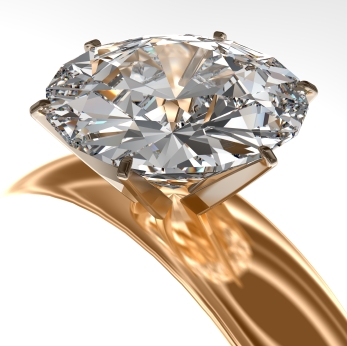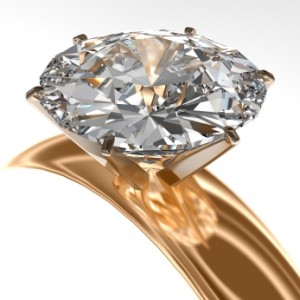 Luxury is booming and Wall Street is keeping a keen eye on how the rich are spending their wealth. And what better way to measure that hedonism than by creating a variety of indexes that track the shopping of the ultra-rich that we can call the Luxury Blingdex.
Luxury is booming and Wall Street is keeping a keen eye on how the rich are spending their wealth. And what better way to measure that hedonism than by creating a variety of indexes that track the shopping of the ultra-rich that we can call the Luxury Blingdex.
The demand for four-figure handbags, five-figure baubles, six-figure cars, luxury resorts and travel, insurable art and heady wines has created a new and trackable economy for the very wealthy.
What intrigues investors is how well the carriage trade merchants are faring. This is mostly due to the fact that the rich are getting richer and their numbers on a global basis are growing along with their spending habits. A look at some of these uber-wealth tracking indexes reveals more than a little about the favored products and shopping stops of the rich. For example, sales at Saks Fifth Avenue and Barneys New York are increasing at twice the level of the retail sector as a whole. Some of the indexes and the luxury companies they track include:

- Merrill Lynch tracks a basket of companies including BMW, Porsche, Bulgari, Coach, Tiffany Jewelers, auctioneer Sothebys and the private banking firm Julius Baer. The performance? Up 23 percent in 2005 and 12.5 percent in 2006. This compares to the respective 14 and 7 percent for global consumer stock during the same periods.
- Citibanks Plutonomy Index tracks world spending of the worlds growing class of plutocrats. This index mirrors much of Merrills’, but also includes Japans highly regarded Shinwa Art Auction and Hong Kong’s Mandarin Oriental Hotel Group. We might call this one the ruler of wealth.
- Deutsche Borse introduced its own World Luxury Index earlier this year. It tracks Bulgari, Sothebys, Hermes International and requires that the companies it tracks generate at least 50 percent of its income from luxury spending.
What is the appeal of these indexes or the term we have coined–the Blingdex? Some surmise that those who cant afford the lifestyle of the ultra-wealthy can still be in the money by investing in so-called luxury stocks. Finding true luxury stocks can be a difficult task, though. Many of these high end brands are now part of larger conglomerates. And because publicly-traded pure luxe companies are becoming so rare, many of the indexes are including brands such as Nike, Puma, Gap Stores, Harley Davidson and other popular products in their mix.
The reason for this interest and the Blingdex is obvious. The rich are getting richer and are far more numerous. The number of millionaires in the US has more than doubled since 1995 and total wealth held by the top 1 percent has increased by more than 50 percent since 1998 (much due to real estate appreciation, I’m sure). It should come as no surprise that luxury spending has kept pace with the soaring incomes and wealth at the top rung of of the economic ladder. And according to a Citigroup study, the top 20 percent of American earners are responsible for between 37 and 70 percent of total consumption.
And what is fueling this consumption? Its the desire to have the finest in homes, travel, dining, dress, art and social connections, according to Margaret Mager with Goldman Sachs High-End Consumer Index. Today the good life is defines by the assets you have, she said.
Tip of the top hat to Robert Frank and The Wall Street Journal Wealth Report. Would provide a link, but paid subscription is required. Even for something as old as this.







This article has 3 Comments
Comments are closed.